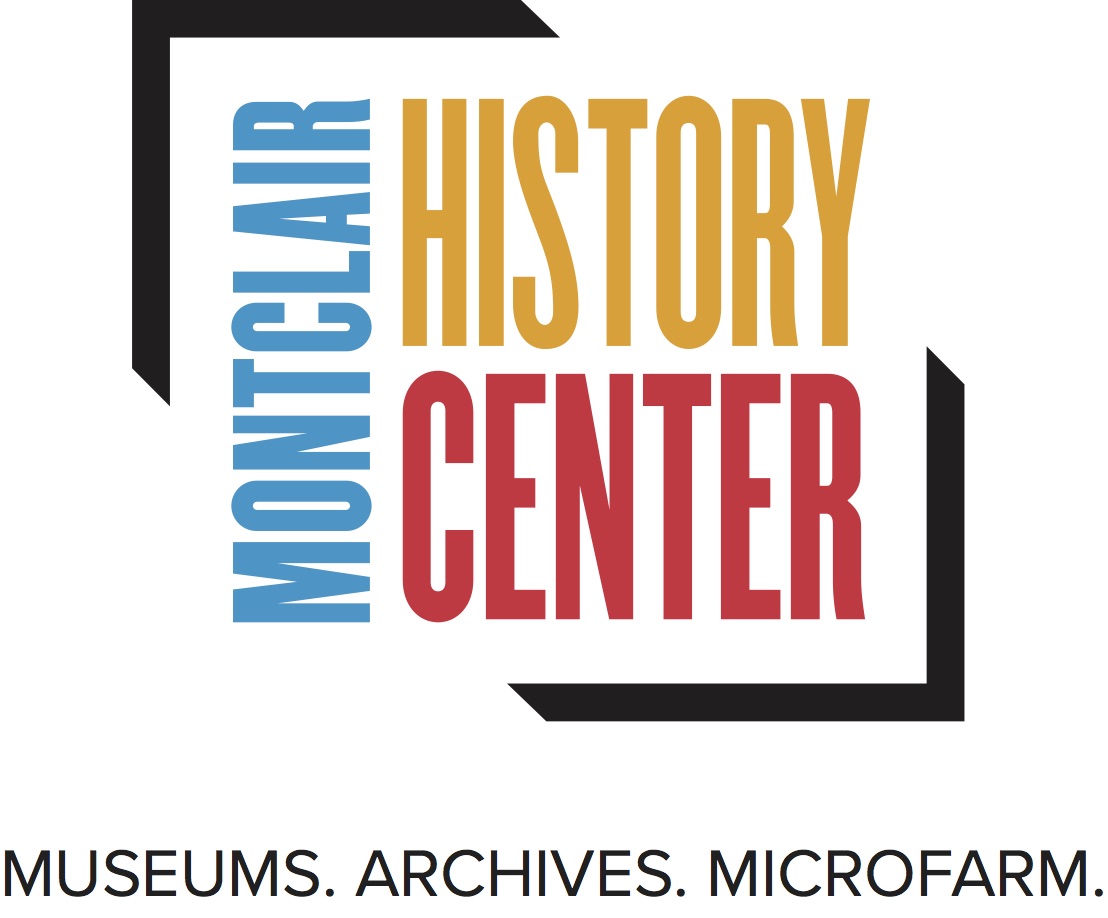Republished from: Montclair Neighbors. August 2018.
Written by Helen Fallon, MHC Trustee.
I could spend all day looking at an old map —how about you? I have, in fact, spent a fair amount of time exploring the 1906 Atlas of Essex County New Jersey, Vol. 3 published by A.H. Mueller & Co. Montclair’s streets are depicted in Plates 21 through 26. Below are some of the interesting things I observed.
Plate 21 starts at Montclair’s border with West Orange, extends north to Myrtle Street and east to Orange Road.
Some large properties in this area were named to evoke the bucolic setting that had attracted many New Yorkers to move to Montclair in the 1800s/early 1900s: “Hillcrest,” “Woodlands,” “Glenwylde.” One large property, near the corner of Eagle Rock Way and South Mountain Avenue, was called “Deer Park” -- that name is likely even more accurate now!
John R. Livermore’s house, 66 South Fullerton Avenue at the corner of Union Street, was built in 1885 and still stands. It was designed in Queen Anne style by Charles F. McKim of the McKim Mead and White architecture firm. In 2001, the house was expanded and converted into condominiums, but the maple leaf ornament on the turret is reportedly original!
As interesting as what you will see on these older maps is what you won’t see: you won’t find the Montclair Public Library or the United Way/Social Services/Mills buildings (50 and 55 South Fullerton Avenue, respectively) on this map. That block of South Fullerton, between Plymouth and Union) and the immediate surrounding area contained some of the grandest single-family homes in town in 1906.
Detail from Plate 21 1906 Essex County NJ Atlas
Plate 22 depicts Montclair’s southeastern corner, bordering the towns of West Orange and Glen Ridge, and Montclair streets Woodland, Lexington and Gates to the north.
Excelsior Hose No. 2 is on the corner of Harrison Avenue and Cedar Street; that firehouse still stands.
“Brooklawn” is the name of the Carey family property known today as Carey’s Woods. The stone pillars that today still stand at the corner of Llewellyn/Orange Road/Elm Street seem to mark the position of the original entry into the estate.
Detail from Plate 22 1906 Essex County NJ Atlas
Nishuane School would not be constructed until approx. 1909, but its precursor, the Cedar Street School (built 1888), is seen near the corner of Cedar and High Street.
A small “Cedar Street Presbyterian Chapel” and parsonage were located at the corner of High and Cedar Streets, where present-day Nishuane Park is.
Detail from Plate 22 1906 Essex County NJ Atlas
Plate 23 illustrates Montclair’s streets from the town’s western border to Park Street, straddling Bloomfield Avenue.
Wedged in the corner of Church Street, Bloomfield Ave. and South Fullerton was the church–Old First Presbyterian–for which the street was named.
Bradford Place was a one-block street that ran from Crescent Street to Church Street, one block west of South Fullerton Avenue. It was named for influential Reverend Amory Howe Bradford of the First Congregational Church around the corner on South Fullerton Avenue; Bradford Place would later be renamed South Park Street and be extended all the way to Bloomfield Avenue.
Detail from Plate 23 1906 Essex County NJ Atlas
The first building constructed as a dedicated high school was located at the corner of Orange Road and Hillside Avenue, just downhill from St. Luke’s Place (approximately where today’s Hillside School field is). The high school was built in 1893; when the current high school was built on Chestnut Street in 1914, this Orange Road facility was repurposed as the Spaulding Elementary School and razed in the 1930s.
Detail from Plate 23 1906 Essex County NJ Atlas
All of the above maps can be viewed in high detail on our digital collections web site. Head directly to our digital collections and browse by ‘Maps,’ or follow any of the links below for a closer look at each map plate.
The Montclair History Center has a collection of tax maps, Sanborn Insurance maps, and atlases from a variety of years. If you would like to purchase a replica of one of our maps, please visit our store.





